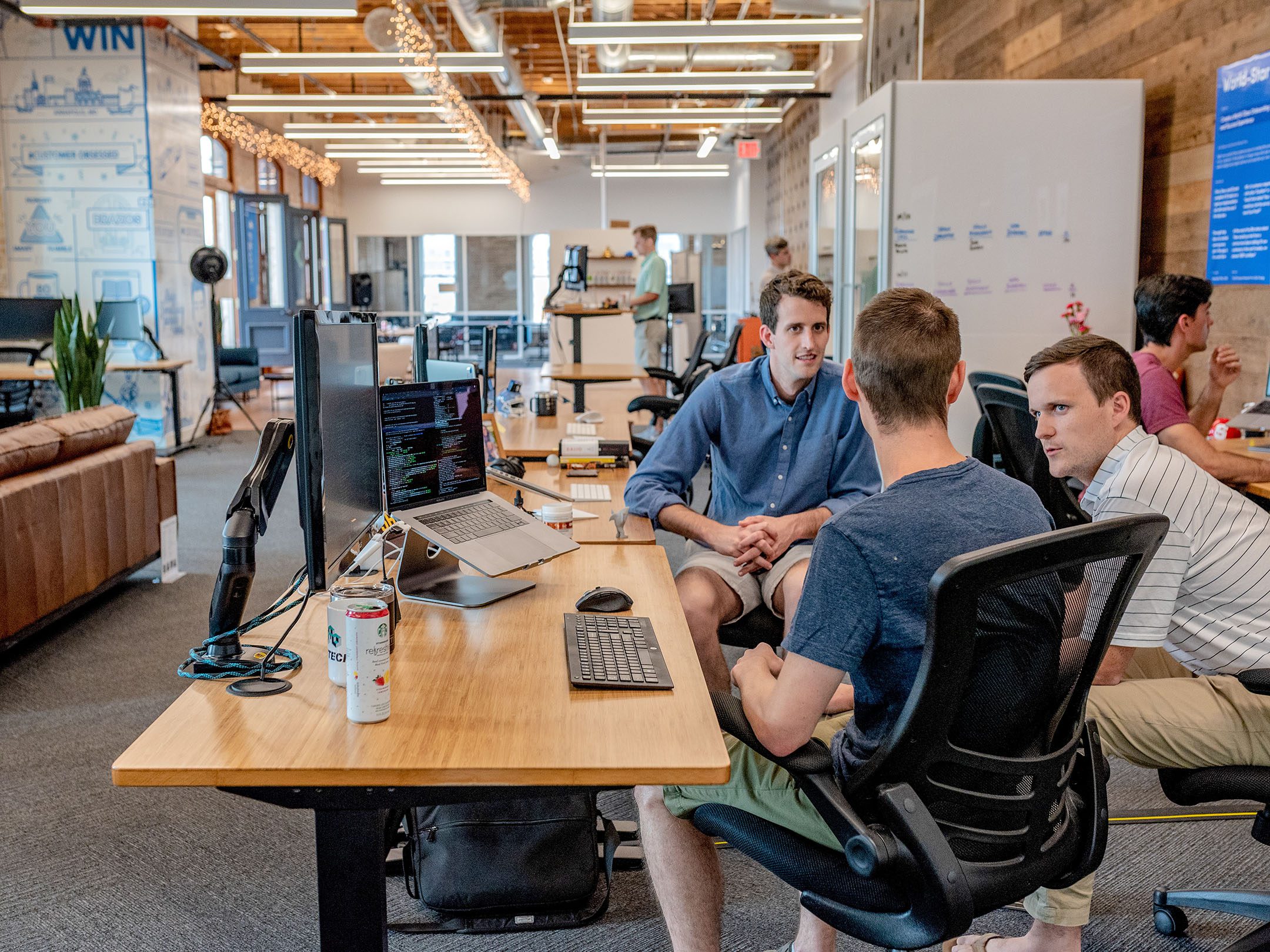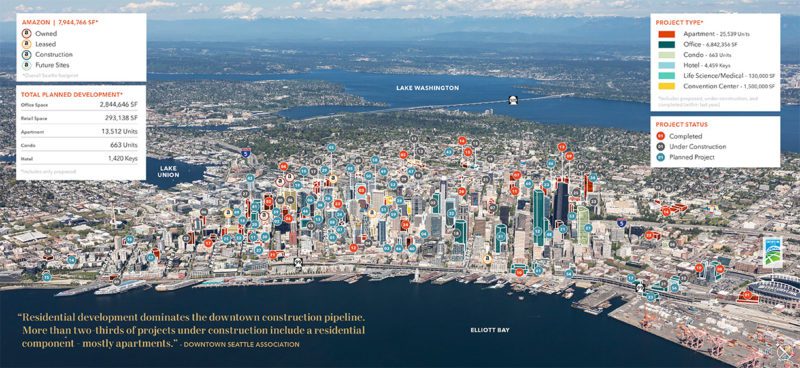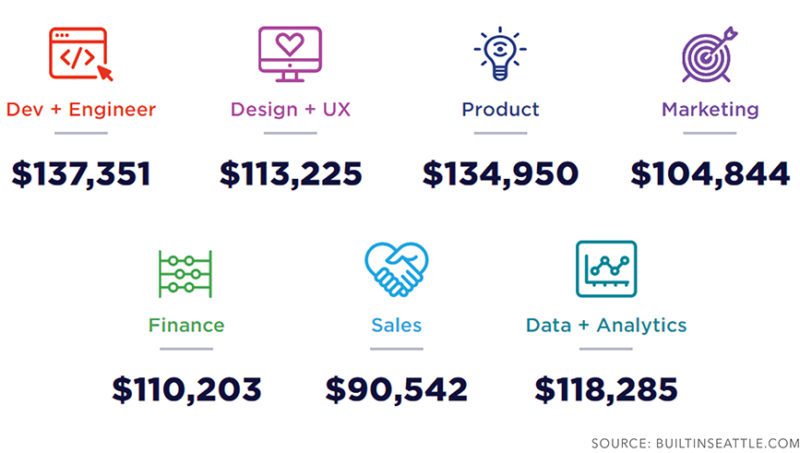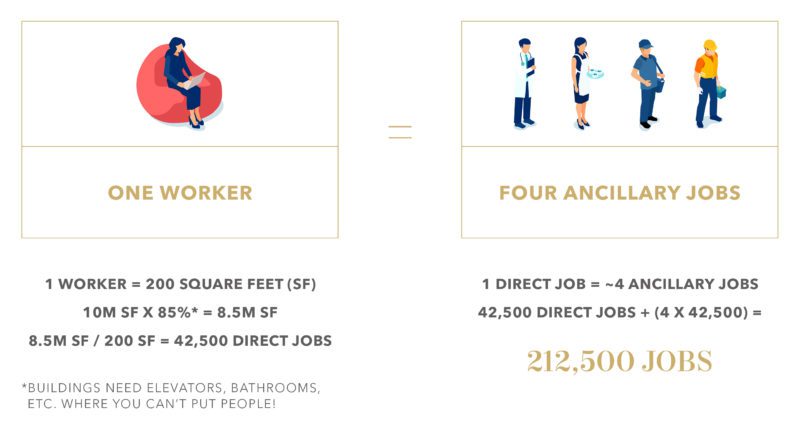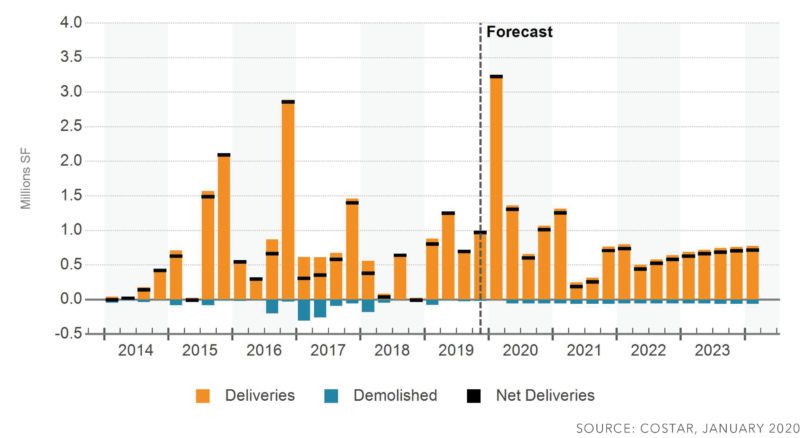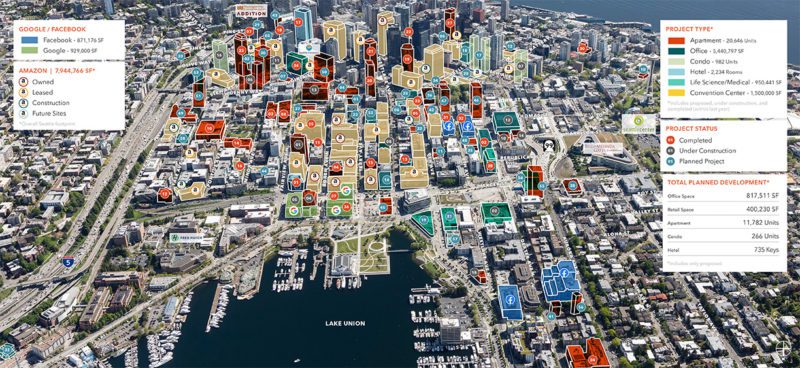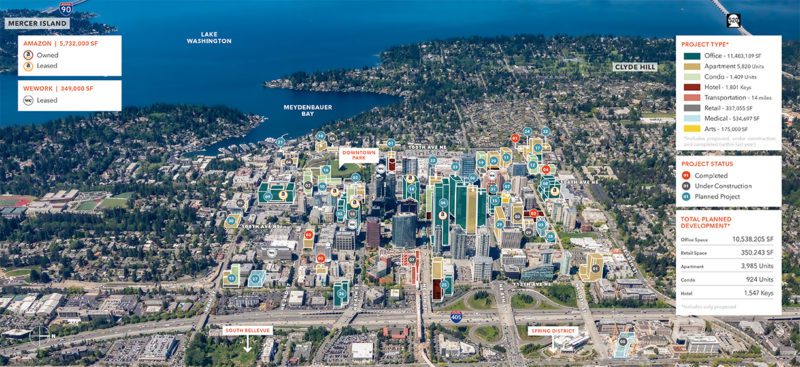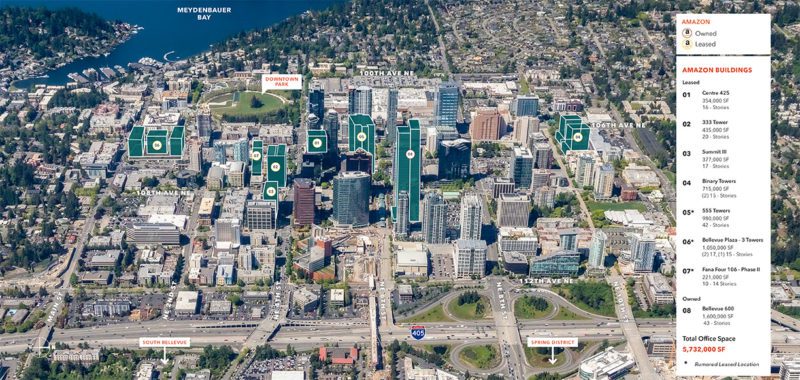When the tallies come in, around 10 million square feet of office space is planned for the Seattle-Bellevue-Everett MSA (taking projections further out in time, the number may be in excess of 15 million square feet). The great majority of this pipeline is planned for downtown Seattle and Bellevue. The more proximate total – as in what is currently under construction – totals just under 7 million square feet of office space.
Even if you aren’t a specialist in analyzing commercial real estate, that is a lot of office space.
A LOT!
Considering that 75% to 80% of the 7 million square feet is pre-leased, Seattle must continue to make room for new people to eat, shop, congregate, and live.
And when I say room, I literally mean – rooms!
Room in retail establishments, room in hotels, room in apartments. Much of this “room” is already underway, yet we are 10 years into the “expansion” segment of an economic cycle with concerns of a recession abound.
In this three-part series, we will explore why investors should sit tight, relax, and focus on fundamentals – and not the “market-cycle fundamentalists” fearmongering that the end is nigh.
The Trilogy of Seattle’s Resilience:
- Part 1: Seattle’s Resilience – Demand
- Part 2: Seattle’s Resilience – Unique Tech
- Part 3: Seattle’s Resilience – Market Cycles
Demand
What does 10 million square feet of office space look like? Given that the size and shape of buildings vary, it’s hard to say specifically, but most high-rise office buildings range between 300,000 and 1,000,000 square feet. With a mid-point of 600,000 square feet, this would equate to between 15 and 20 shiny new high-rise office towers full of highly-skilled and highly-paid workers.
These “shiny high-rise towers” are added to the existing skyline and to additional high-rise towers that meet ancillary demands for hotel rooms, apartment buildings, convention centers, et cetera.
When you put this all together, it paints a very impressive picture of Seattle’s imminent skyline!
Seattle’s Central Business District – Development Pipeline
Sources: Kidder Mathews Research, City of Seattle, Daily Journal of Commerce, CoStar, Puget Sound Business Journal
Job Growth
When these towers are filled with new workers (we will cover why this is a “when” and not an “if”), jobs – both direct and indirect – are added to the local economy.
Direct Jobs
Direct job growth is immediate and quantified as actual workers hired to fill office space. As each of these buildings open, new employees (and often new-to-Seattle residents) fill this space. These employees are highly qualified, skilled, and paid.
Average Salary by Category in Seattle
Salaries in Seattle are some of the highest in the nation, second only to San Francisco, with technology jobs leading the way. As an important footnote, although salaries in San Francisco skew higher, when accounting for California’s 9.3% state income tax for high earners, Seattle tech workers come home with the highest average “net” paychecks in the nation.
Is this continued, anticipated “high-wage” job growth in Seattle real?
Quite simply, yes.
Amazon currently has over 11,000 open roles between Seattle and Bellevue (10x more job openings in Seattle right now), and thousands of additional job openings exist among Apple, Google, Facebook, Microsoft, Convoy, Hulu, Pitchbook, Dropbox…and on, and on, and on!
Indirect Jobs
Indirect jobs are created by what is known as the Multiplier Effect. In practice, the Multiplier Effect is a “ripple” of job growth demonstrated by the direct jobs that create demand for other/ancillary – indirect – jobs. A great explanation was penned by Josh Bivens of the Economic Policy Institute.
Practically speaking, the need for these ancillary roles arise when you arrive at your wonderful new Seattle job and the pressing question hits you: Who is going to walk my Goldendoodle while I’m at the office programming all day?
Or, if you can bring your dog to work, who is going to: deliver your lunch, cut your hair, serve your medical/dental needs…much less the medical/dental needs of your Goldendoodle?
The Multiplier Effect
The above graphic sets forth the math showing how 10 million square feet of office demand results in the need for over 200,000 total workers.
Are these workers all coming tomorrow? Not quite. Indirect jobs lag direct jobs, and the direct jobs are filled right after the office towers are built.
Are they coming at all? Yes, most certainly.
And Glassdoor currently reports over 87,000 job openings in Seattle, so we need to get ready.
What is Coming – and Where?
The figure of 10 million square feet is an estimate based on a grand total of over 15 million square feet of office space under construction, in permitting, and proposed over the next several years. Peeling back the onion to what is very likely getting built in the first several years of the new decade, the figure is realistically 7 million square feet.
Seattle Region Office Development
2014 – 2024
It will take developers up to four years to build all this space, leading to the true billion-dollar question: is there enough demand to fill all these office towers?
Seattle’s Development Pipeline
Real estate developers are currently underway with construction of over 4 million square feet of high-rise development in Downtown Seattle. According to CoStar, 75% of this space is pre-leased. Demand for office space is so strong, it is expected that developers will move forward with the additional developments in proposal phase.
A quick snapshot of Seattle’s South Lake Union neighborhood’s development pipeline paints the picture of demand in the region.
South Lake Union Development Pipeline
Sources: Kidder Mathews Research, City of Seattle, Daily Journal of Commerce, CoStar, Puget Sound Business Journal
Bellevue’s Development Pipeline
Across the pond in Downtown Bellevue, real estate developers are building 3 million square feet of high-rise development. Amazingly, pre-leases account for nearly 90% of this development, per CoStar research.
Downtown Bellevue Development Pipeline
Sources: Kidder Mathews Research, City of Bellevue, Daily Journal of Commerce, CoStar
The ascension of the Eastside as a hub for technology jobs is both remarkable in velocity and amplitude. The market amounted to less than 10 million square feet of Class A office space just a few years ago. Currently, demand is forecast to absorb a 30% increase in new office space – with potentially triple that amount of office space proposed for construction in the near future.
In a market once dominated by FIRE (financial services/insurance/real estate) jobs, Bellevue’s flywheel of technology (STEM/TAMI) job demand continues to pick up steam, most notably from Seattle’s own Amazon.
Amazon’s Bellevue Footprint
Owned, Leased, and Speculation
Sources: Kidder Mathews Research, City of Bellevue, Daily Journal of Commerce
Amazon’s footprint in Bellevue is already 3.5 million square feet (1.6 million square feet owned, and 1.9 million square feet leased), yet the ever-prevalent rumor mill speculates that Amazon’s anticipated demand for Bellevue CBD office space may near 6 million square feet.
Will Today’s Demand Outrun the Economic Cycle?
So long as there are economics, there will be economic cycles. Economic expansion and compression are as unavoidable as they are necessary for economies to grow.
The better question (than how close is the “end” of this cycle) investors must ask is how the end of the current economic expansion will impact Seattle, and what the future holds for any investment made (or held) today.
In the following two parts of this series, we will explore both how Seattle’s technology sector is differentiated from those of other tech-centric markets, and how an eventual macro-economic retraction will impact the overall Seattle economy.
We write on economic topics as they directly impact how our clients’ apartment investments will perform, and therefore are vitally important to every one of our clients. If you are looking for guidance on any aspect of apartment investing – valuing your building or development land, preparing to sell, acquiring a building or placing financing – give us a call. We are excited to partner with you in 2020 to help you achieve your investment goals – during this economic cycle, and the following one!
Want to keep up with our listings of buildings/land for sale, research, and industry updates throughout 2020? Subscribe to our investor newsletter and follow our team page on LinkedIn!

